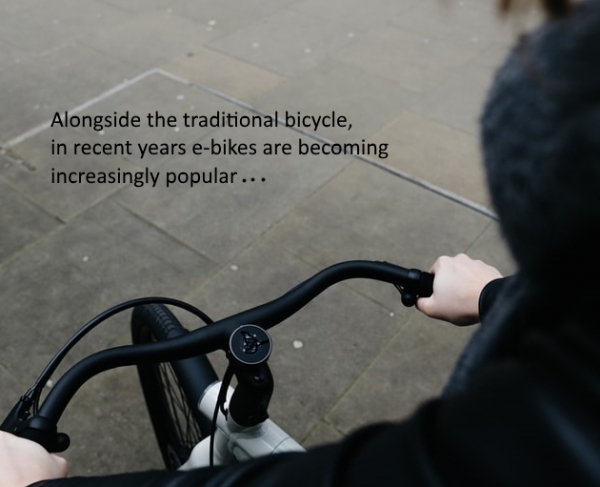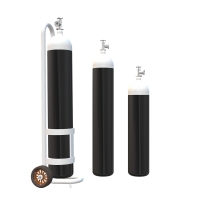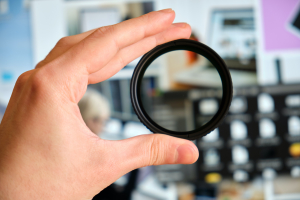Alongside the traditional bicycle, in recent years e-bikes are becoming increasingly popular, allowing even the less trained to travel long distances and overcome climbs without too much effort.
The e-bikes (Electrically Power Assisted cycles - EPAC Bicycles) from a technical point of view are products that fall within the scope of application of the Machinery Directive and have as a reference harmonised standard EN 15194.
This standard deals with significant hazards, situations and hazardous events affecting EPAC when used as intended by the manufacturer and under reasonably foreseeable conditions of misuse.
The maximum continuous electric power of e-bikes is set at 0.25 KW and the output power is progressively reduced and finally stopped when the EPAC reaches the speed of 25 KM/h, or sooner, if the cyclist stops pedalling.
Manufacturers of e-bikes for the construction of safe products can refer to standard EN 15194 which ensures the presumption of conformity to the Machinery Directive. However, shadows are falling on the actual safety offered by the standard in meeting the applicable essential health and safety requirements; in fact, last year a formal objection was lodged against EN 15194.
In the Netherlands serious incidents are happening with Lithium-ion cells and/or battery packs used. These incidents often lead to fires and explosions which pose a serious risk to consumers.
If a Lithium-ion cell is not used within the limits specified by the manufacturer, the chemical reactions that subsequently occur in the battery can cause increasing heat. This leads to an irreversible process that can cause a fire or an explosion. This can take place during charging or once the battery of the e-bike is charged.
It is of essential to keep lithium-ion cells within the limits specified by the manufacturer for current, voltage, temperature and any other parameters necessary for safety during charging and discharging conditions.
The common practice for the safety of products with lithium-ion cells and/or battery packs is to refer to standard EN 62133 and EN 50604-1 such as happened in the standard for e-bikes EN 15194.
These standards are mainly focused on the safety of lithium-ion cells and limited to the application of lithium-ion cells in a battery pack. For example, the correct operation of the battery management system (BMS) in a battery pack is missing.
This shortcoming, together with other elements to be included in EN 15194 led the Netherlands to lodge a formal objection against it.
Standard EN 15194 does not seem to provide the presumption of conformity with the essential health and safety requirements (EHSRs) in point 1.5.1 about the electricity supply considering:
- Annex I, point 1 sub c and point 2, preamble and sub b, of Low Voltage Directive 2014/35/EU and
- EHSR 1.5.5 Extreme temperatures, EHSR 1.5.6 Fire and EHSR 1.5.7 Explosion of Annex I of the Machinery Directive.

















